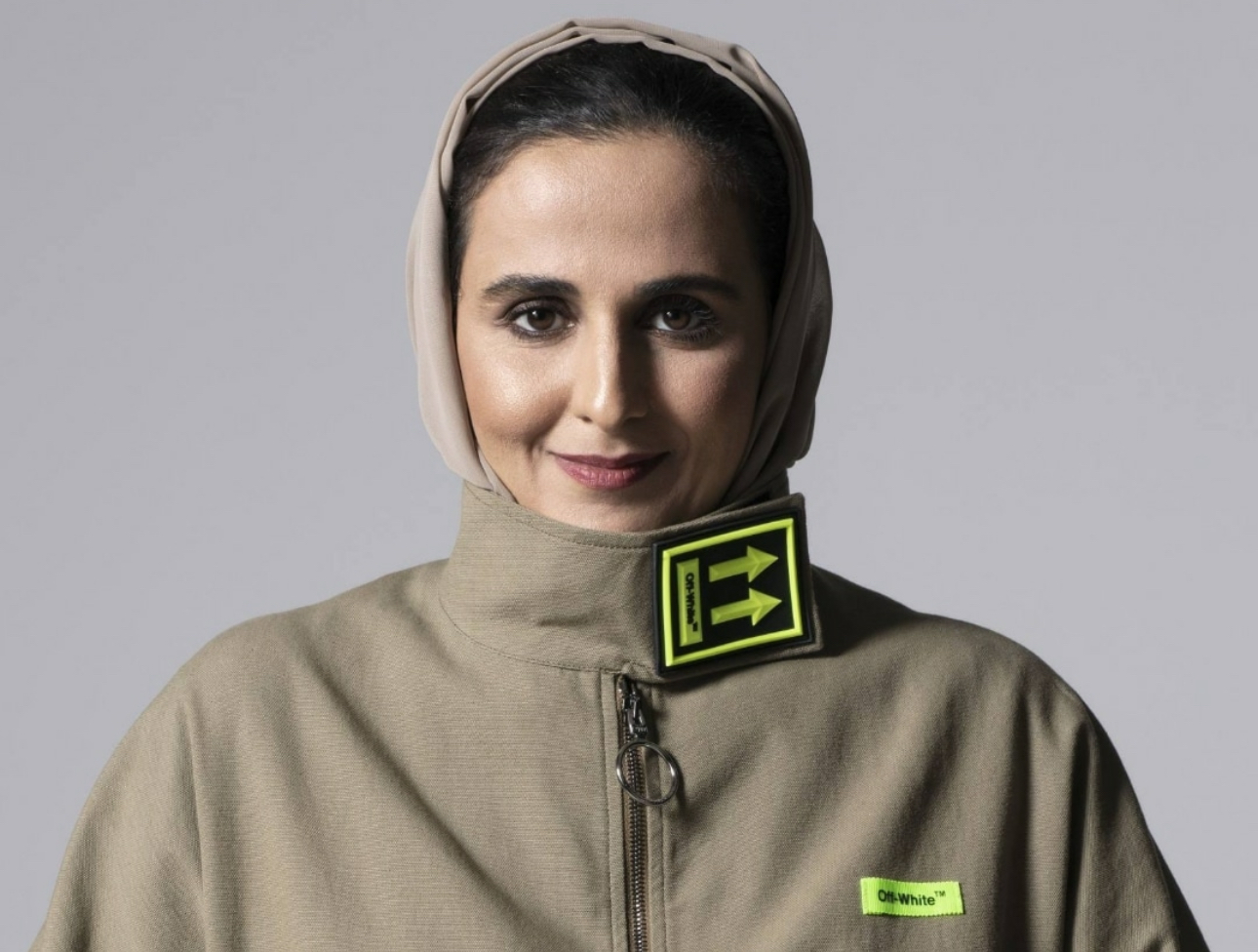
The number of people killed on Qatar’s roads has reached its highest level in at least 13 months, newly released statistics show.
There were 31 traffic fatalities recorded in January, according the Ministry of Development Planning and Statistics’ monthly bulletin.

That’s the highest number since the government began releasing traffic data in January 2014. At that time, there were 14 fatalities – less than half of what they were at the beginning of this year.
Even when taking Qatar’s growing population into account, January 2015 was still the deadliest month on the country’s roads, with 1.39 deaths per 100,000 residents.
The latest figures are a setback after the previous month’s report showed the number of people who died in vehicle crashes last year declined compared to 2013.

Despite that drop, cases of serious injuries in 2014 rose – a trend that has to continued into the new year.
The 79 cases of major injuries in January were also the highest on record, while the 612 minor injuries is second only to the 696 cases recorded last November.
Meanwhile, overall recorded violations reached 151,163, the most since September.
Education
For years, authorities have been trying to make Qatar’s roads safer through educational efforts and greater enforcement of traffic laws.

The annual GCC traffic week took place earlier this month at Darb Al Saii. It featured lectures on accident prevention and responsible driving, as well as seminars on driving decisions, traffic mistakes and motorbike risks.
A public awareness campaign on the importance of seatbelt use is also apparently in the works. The promotion is called Qatar Vision Zero, reflecting the ultimate target of no road deaths in the country.
While it’s currently required by law for drivers and front-seat passengers to buckle up, a 2012 study found that nearly one in five drivers in Qatar fail to wear a seatbelt. The same research found that 29 percent of front-seat passengers and 92 percent of rear-seat passenger don’t wear seatbelts.
Though zero road fatalities is the long-term goal, traffic planners have set themselves a more realistic short-term benchmark of 130 deaths by 2022, according to Qatar’s National Road Safety Strategy aims to reduce road deaths to 130 by 2022.
However, the country is still far off from that target.
There were 222 people killed in traffic collisions last year, down from 246 in 2013.
Enforcement
Many Qatar residents have said they believe that accidents could be reduced in frequency if more police officers patrolled the country’s roads and stringently applied traffic laws.

In recent years, the government has boosted enforcement efforts through the creation of a dedicated highway patrol unit and installing radar cameras to catch speeders.
The move may play a factor in the number of radar-related offenses climbing to 95,544 in January, a six-month high.
Meanwhile, in late January, traffic authorities lowered the speed limit on the Doha Expressway from 100km/h to 80 km/h in an apparent effort to ease congestion and reduce the number of collisions on the busy road.
The director of the traffic department said earlier this month that there has not been a single serious collision on the highway since the speed limit was reduced.
Thoughts?







